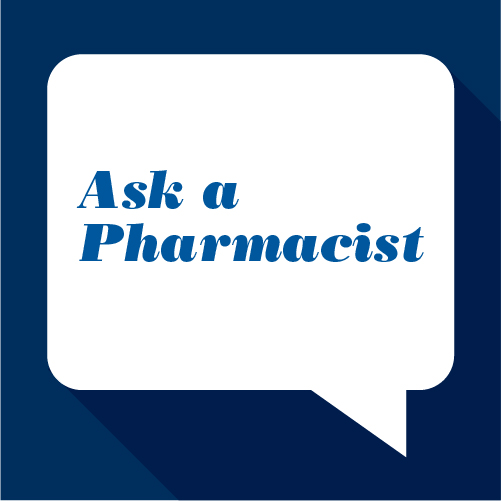May 1, 2020
Pharmacists are wonderful resources for gaining insight into and understanding medication, disease states and risk factors for cardiovascular disease (CVD) and stroke. Pharmacists can provide education to increase patient understanding in multiple ways, such as private consultation, handouts, and visual aids. This education includes how to reduce the risk of stroke, a review of over-the-counter medications that may increase stroke risk by increasing blood pressure, medications that may interact with others currently prescribed and medications prescribed to treat other conditions that may cause issues related to stroke and CVD such as hormone replacement therapy, and weight loss therapy.
In addition to education, pharmacists can perform point-of-care testing such as cholesterol screening and blood pressure checks. Screenings can identify any problems and provide an opportunity for the pharmacist to educate the patient and refer them for medical evaluation.
Pharmacists are also knowledgeable and can provide support for living an overall healthy lifestyle through tobacco cessation and weight loss, both of which help decrease the risk of stroke. Pharmacists’ accessibility and knowledge make them the ideal healthcare provider to seek out for providing increased awareness and identification of risk factors for stroke and CVD.
The views and opinions expressed above are those of the author and do not necessarily represent that of AmerisourceBergen Drug Corporation. The content is for informational purposes only and is not intended to diagnose, prescribe or treat any health condition and should not be used as a substitute for consulting with your health professional.

